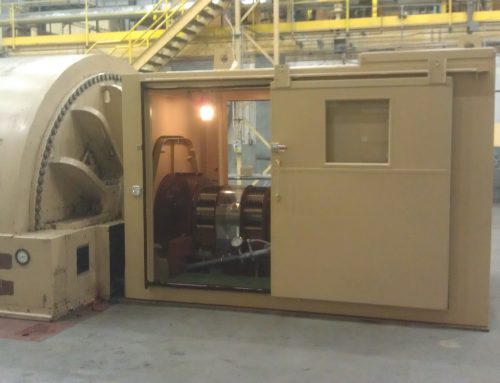A new moto r was installed on a pump application. The original motor had failed electrically but had otherwise run with no vibration. The new motor was supplied by the OEM, and was claimed to be balanced at the factory.
r was installed on a pump application. The original motor had failed electrically but had otherwise run with no vibration. The new motor was supplied by the OEM, and was claimed to be balanced at the factory.
Upon start-up, higher vibration than normally acceptable for a new motor was experienced. Several attempts were made to balance it in place. This turns out to have been futile. The vibration data did not appear stable. What could be wrong? Where to start looking?
a) Review factory balance data and weight locations.
b) Remove the motor and make a thorough inspection of all rotor components.
c) Check the coupling.
ANSWER IS BELOW







